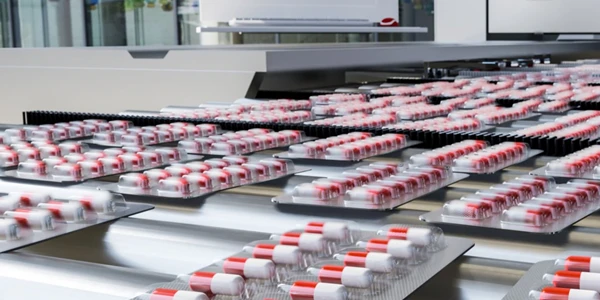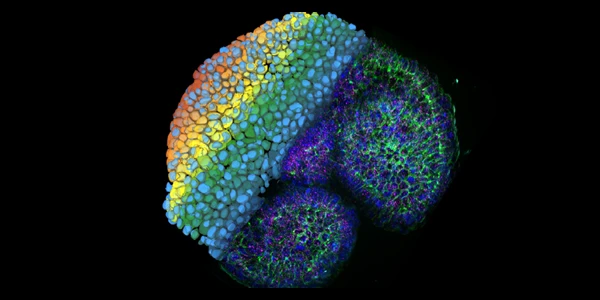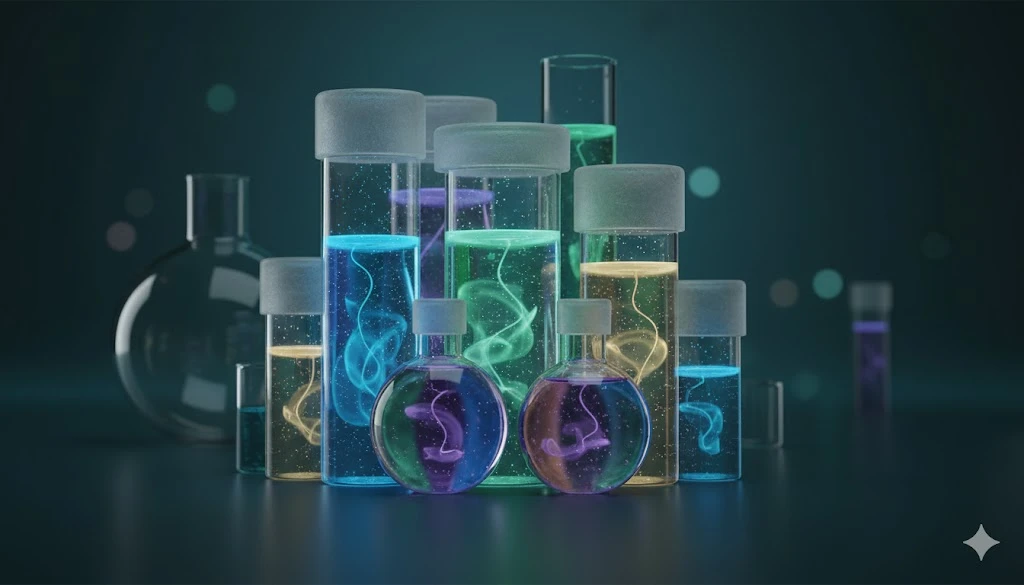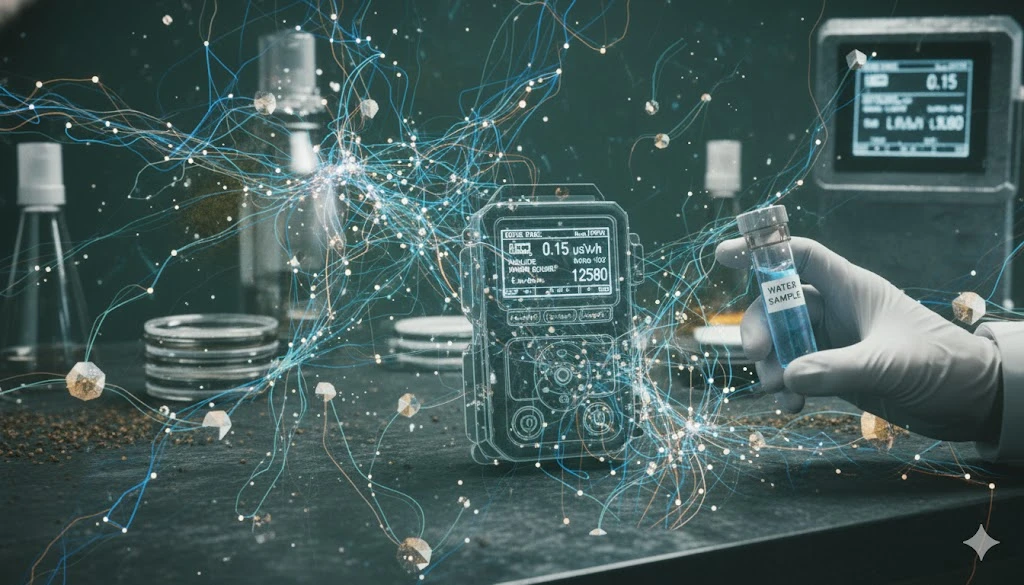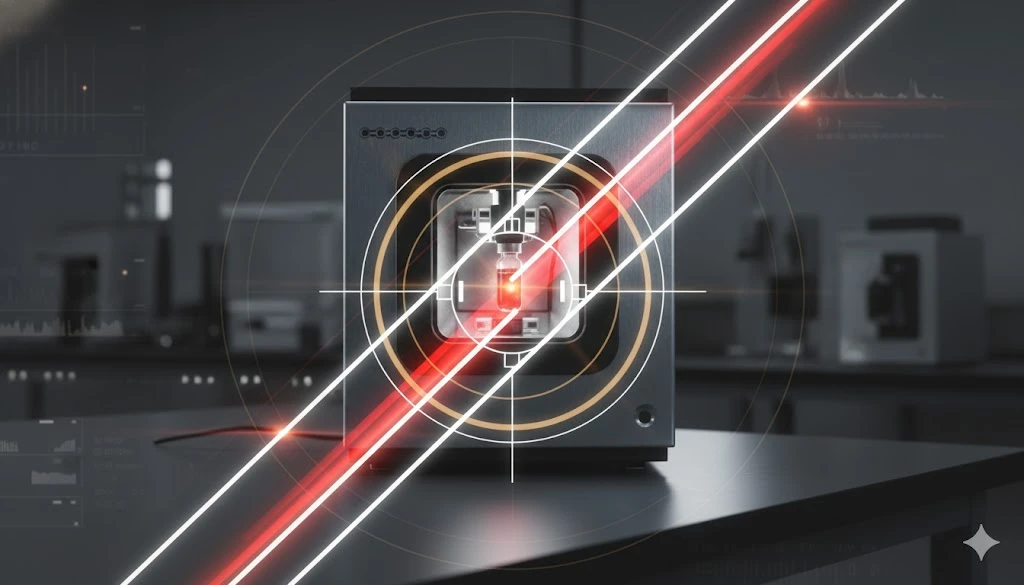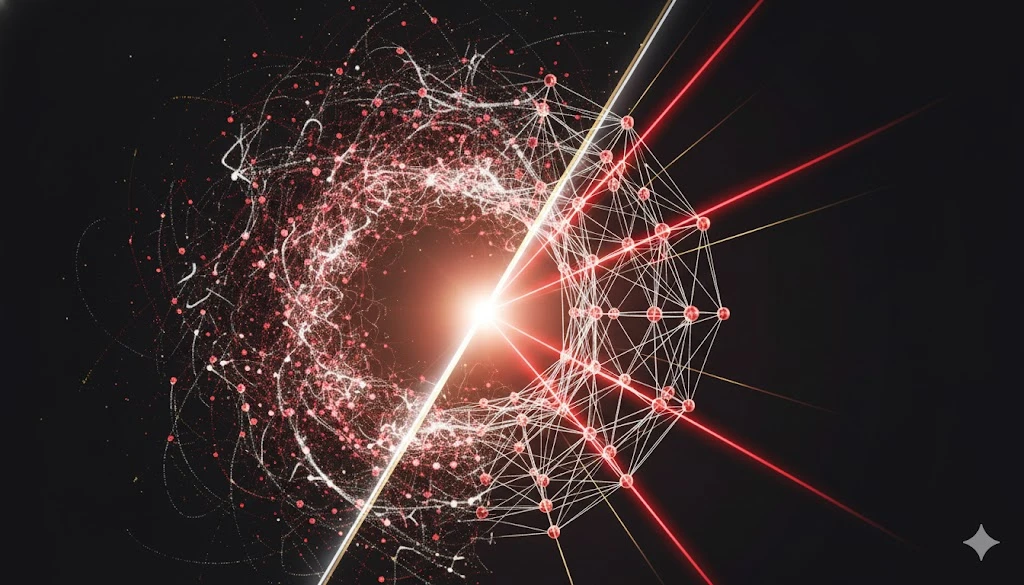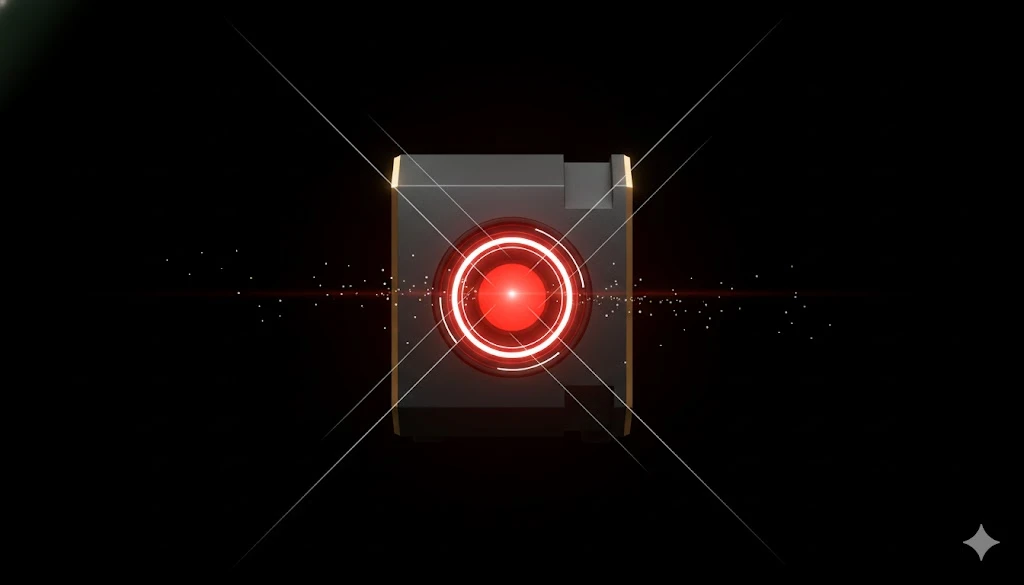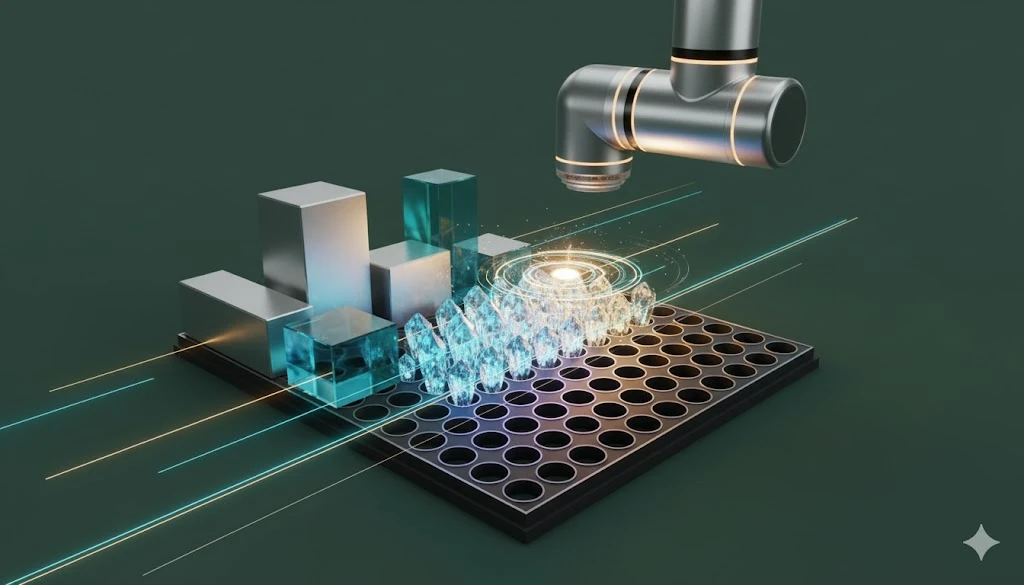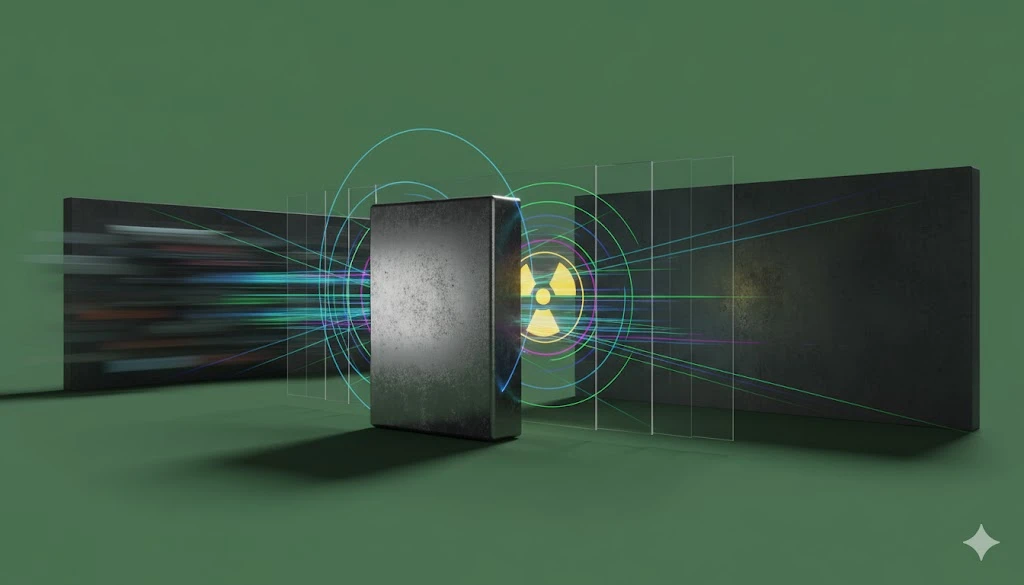Rethinking Oligonucleotide Purification with Novel Liquid Chromatography Chemistries: Infographic
Exploring innovative column chemistries designed to enable superior oligonucleotide separations, testing, and scale-up to manufacturing
Oligonucleotides are transforming the therapeutic landscape—from antisense drugs and siRNAs to mRNA vaccines and gene editing platforms. However, the purification of these complex molecules remains a persistent bottleneck in both research and manufacturing. As demand for oligonucleotide-based therapies accelerates, so too does the need for reliable, high-throughput purification methods that ensure quality, yield, and regulatory compliance.
The Purification Problem
Oligonucleotide synthesis is inherently imperfect, producing a mixture of full-length products and a wide array of impurities, including truncated sequences, deletion mutants, and chemically modified byproducts. These impurities are often structurally similar to the target compound, complicating their resolution. The need to distinguish between closely related species—sometimes differing by a single nucleotide—pushes traditional purification techniques to their limits.
Additionally, oligonucleotides vary widely in length, backbone modifications (e.g., phosphorothioates), and terminal groups, making standard separation methods inflexible and often insufficient for emerging molecular designs.
Challenges in Chromatographic Separation
Traditional ion-exchange and reverse-phase liquid chromatography (LC) methods, while widely used, face several hurdles:
-
Resolution Limits: Closely related impurities are often indistinguishable with legacy column chemistries, risking product purity and safety.
-
Scalability Issues: Methods optimized at the analytical scale frequently fail to translate efficiently to preparative or process scales.
-
Buffer Constraints: Mobile phases must be compatible with downstream detection and characterization workflows, such as mass spectrometry—limiting the range of conditions that can be used.
-
Throughput Pressure: As oligonucleotide therapeutics progress from development to commercial scale, labs need faster run times without sacrificing resolution.
The Need for New Separation Chemistries
To address these challenges, researchers are turning to novel stationary phases and separation modes that better account for oligonucleotide charge, hydrophobicity, and secondary structure. These novel chemistries not only improve resolution but also enable method robustness across a broader range of oligo types and production scales. In doing so, they support faster development cycles, more consistent quality, and better regulatory alignment—especially critical in GMP environments.
